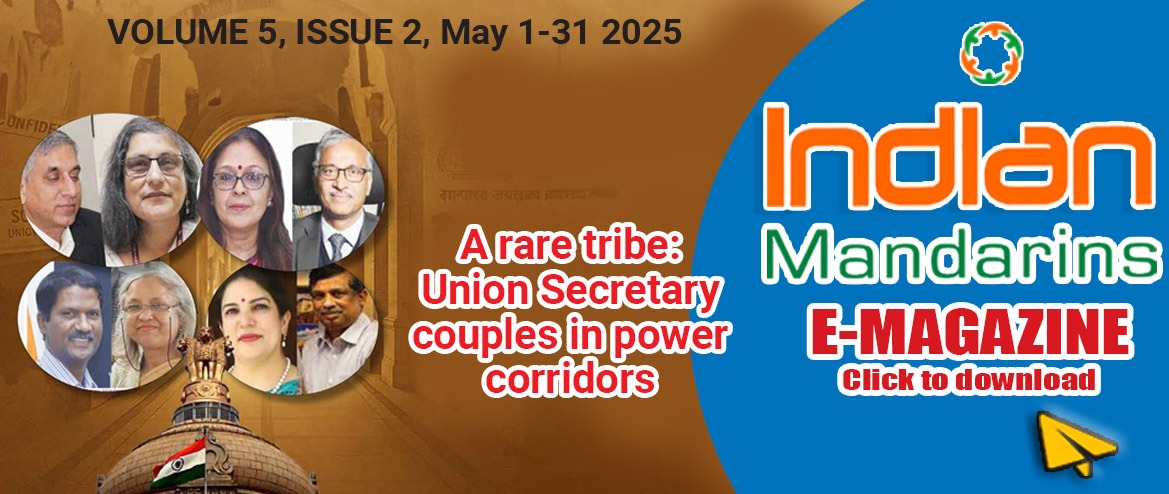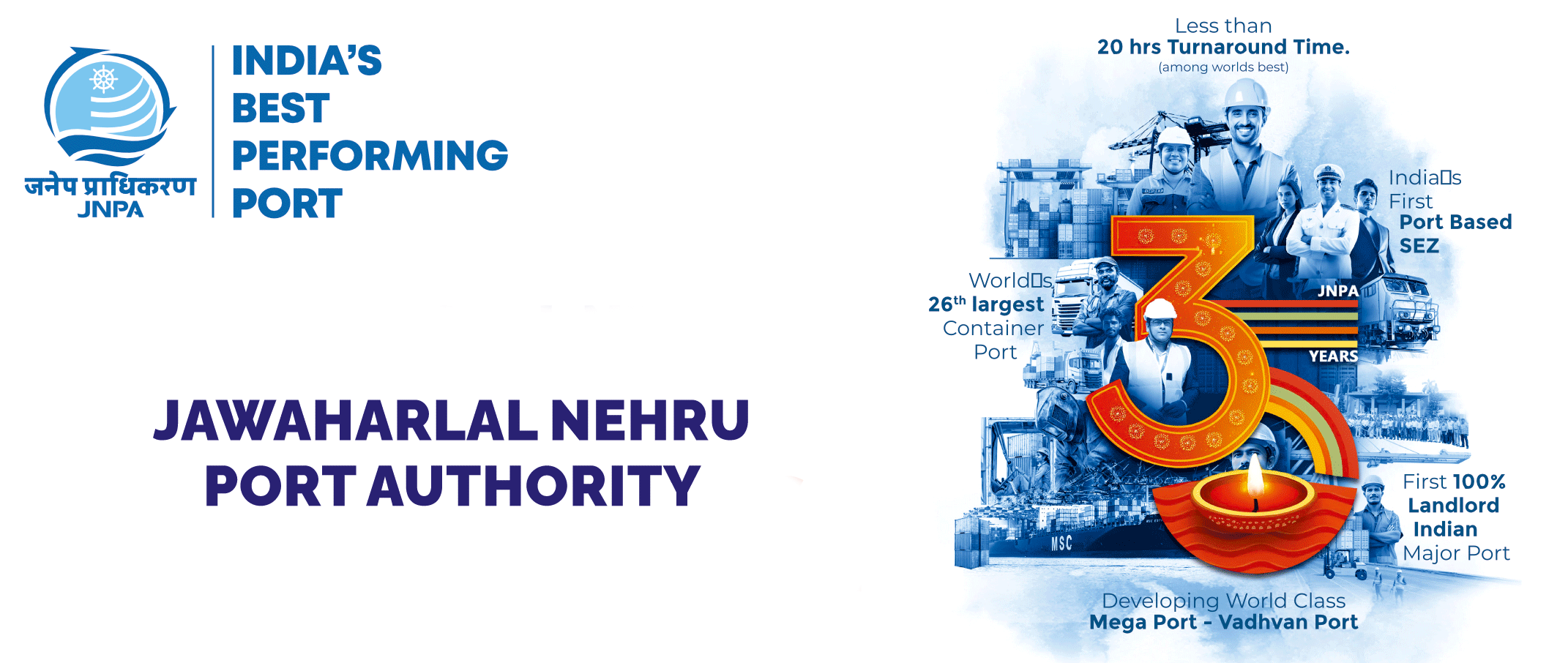TO RECIEVE EXCLUSIVE POSTS AND NEWS
Must Read
CVC shares report on 100 bank frauds with CBI, RBI & ED
By IndianMandarins- 17 Oct 2018
1165Probity watchdog Central Vigilance Commission (CVC) has completed a
first-of-its-kind analysis of the top 100 banking frauds, including those in
the jewellery and aviation sectors, and shared its findings with the RBI, ED
and CBI among others. These studies have been done by CVC conducted these
studies as a preventive vigilance tool. The analysis focussed on the modus operandi, amount involved, type of
lending (viz. consortium or individual), anomalies observed, loopholes that
facilitated perpetration of the fraud concerned and the systemic improvements
required to plug the gaps in the system and procedures. The frauds were
classified and analysed for 13 sectors including gem and jewellery,
manufacturing and industry, agro, media, aviation, service and project,
discounting of cheques, trading, information technology, export business, fixed
deposits, demand loan and letter of comfort. The modus operandi of these top 100 loans has been thoroughly analysed
and various loopholes or lapses have been identified. Based on the findings,
various industry specific suggestions for systemic improvement have been given
in the final report, which have also been sent to the Department of Financial
Services and RBI (Reserve Bank of India), in order to plug the loopholes
observed by the Commission. The measures suggested include strengthening of
standard operating procedures (SOPs) and the monitoring system, and also
highlighting the role of controlling offices, so as to examine the aspect of
quality of business. RBI has reportedly found the inputs useful for systemic improvements to
mitigate the risks. CVC Member T M Bhasin, a former CMD of Indian Bank, said the
intention of the commission was to bring about awareness among the field
functionaries by enhancing their knowledge towards the existing lapses, so that
frauds of similar nature do not recur.
Readers' Choice
RK Sharma takes charge as DGP 9 hours ago
Bihar’s Revenue Secretary may resign to contest Assembly election 11 hours ago
Clean chit to IPS officers: CAT holds RCB’s social media adventurism responsible for stampede 02 Jul 2025
R K Sharma is the new Rajasthan DGP 30 Jun 2025
Centre swings surprise, Gujarat DGP gets extension in service 30 Jun 2025
CVC shares report on 100 bank frauds with CBI, RBI & ED
By IndianMandarins - 2018-10-17 10:55:30

Probity watchdog Central Vigilance Commission (CVC) has completed a
first-of-its-kind analysis of the top 100 banking frauds, including those in
the jewellery and aviation sectors, and shared its findings with the RBI, ED
and CBI among others. These studies have been done by CVC conducted these
studies as a preventive vigilance tool.
The analysis focussed on the modus operandi, amount involved, type of lending (viz. consortium or individual), anomalies observed, loopholes that facilitated perpetration of the fraud concerned and the systemic improvements required to plug the gaps in the system and procedures. The frauds were classified and analysed for 13 sectors including gem and jewellery, manufacturing and industry, agro, media, aviation, service and project, discounting of cheques, trading, information technology, export business, fixed deposits, demand loan and letter of comfort.
The modus operandi of these top 100 loans has been thoroughly analysed and various loopholes or lapses have been identified. Based on the findings, various industry specific suggestions for systemic improvement have been given in the final report, which have also been sent to the Department of Financial Services and RBI (Reserve Bank of India), in order to plug the loopholes observed by the Commission. The measures suggested include strengthening of standard operating procedures (SOPs) and the monitoring system, and also highlighting the role of controlling offices, so as to examine the aspect of quality of business.
RBI has reportedly found the inputs useful for systemic improvements to mitigate the risks. CVC Member T M Bhasin, a former CMD of Indian Bank, said the intention of the commission was to bring about awareness among the field functionaries by enhancing their knowledge towards the existing lapses, so that frauds of similar nature do not recur.























